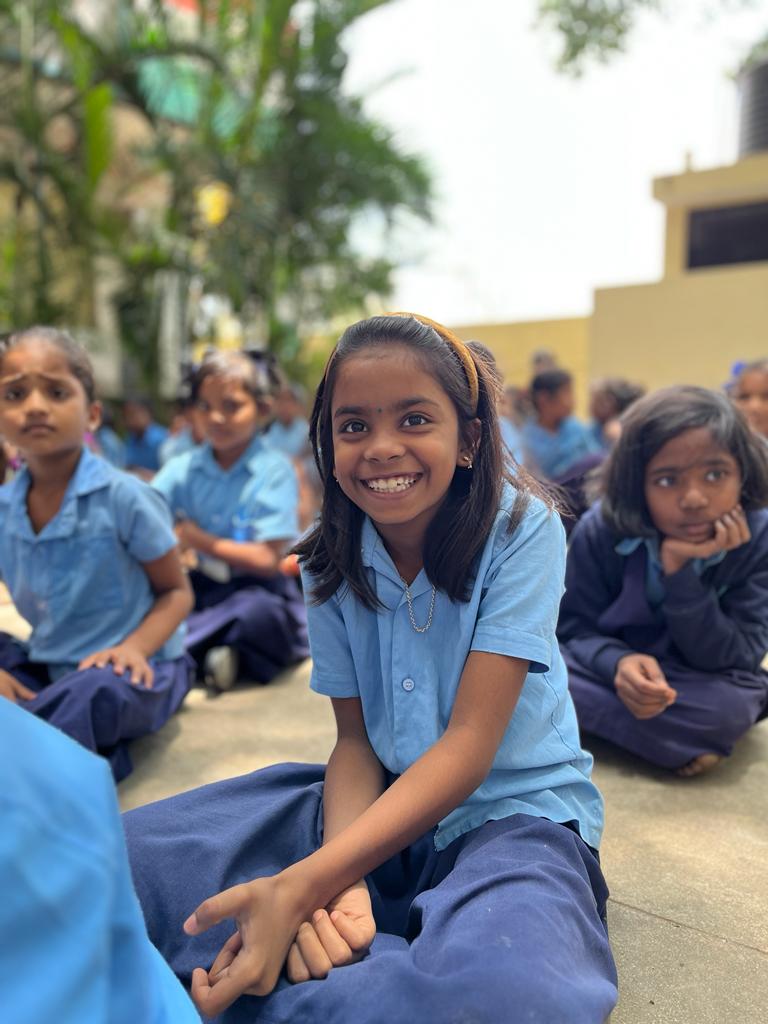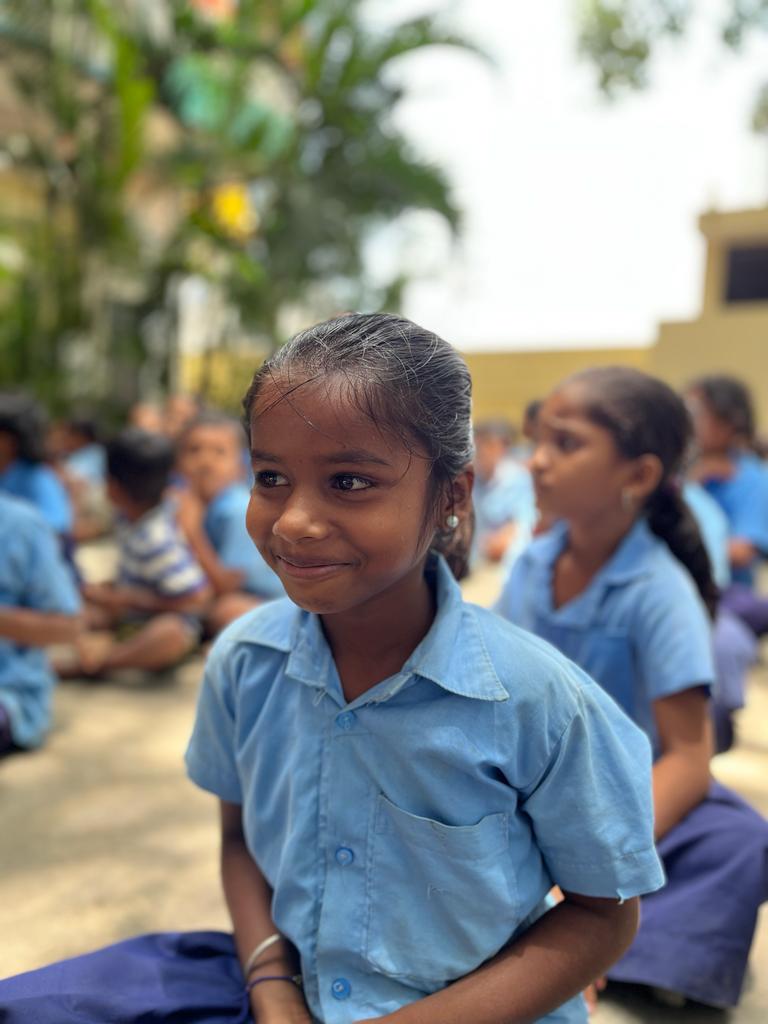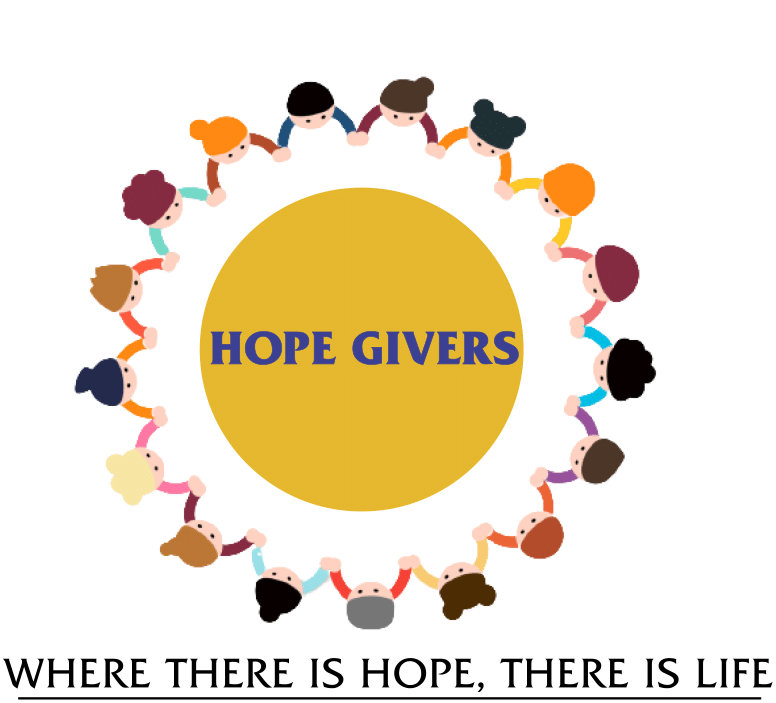Far too often we as inhabitants of a privileged society and families take for granted the simplest of luxuries available to us. Unfortunately we easily fall victim to our routine lifestyles and fail to recognize that we have the simplest of necessities, such as clean water running from our tap while 783 million people in the world do not. It’s the same case with education and many other basic facilities unavailable to millions and if available too, its with lot of dificulties and struggle.
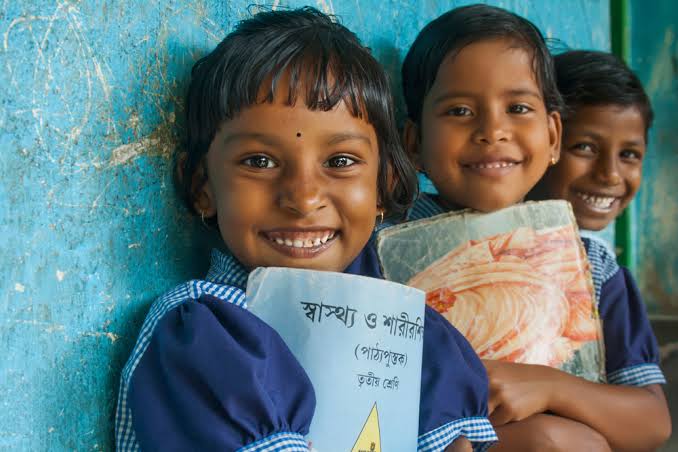
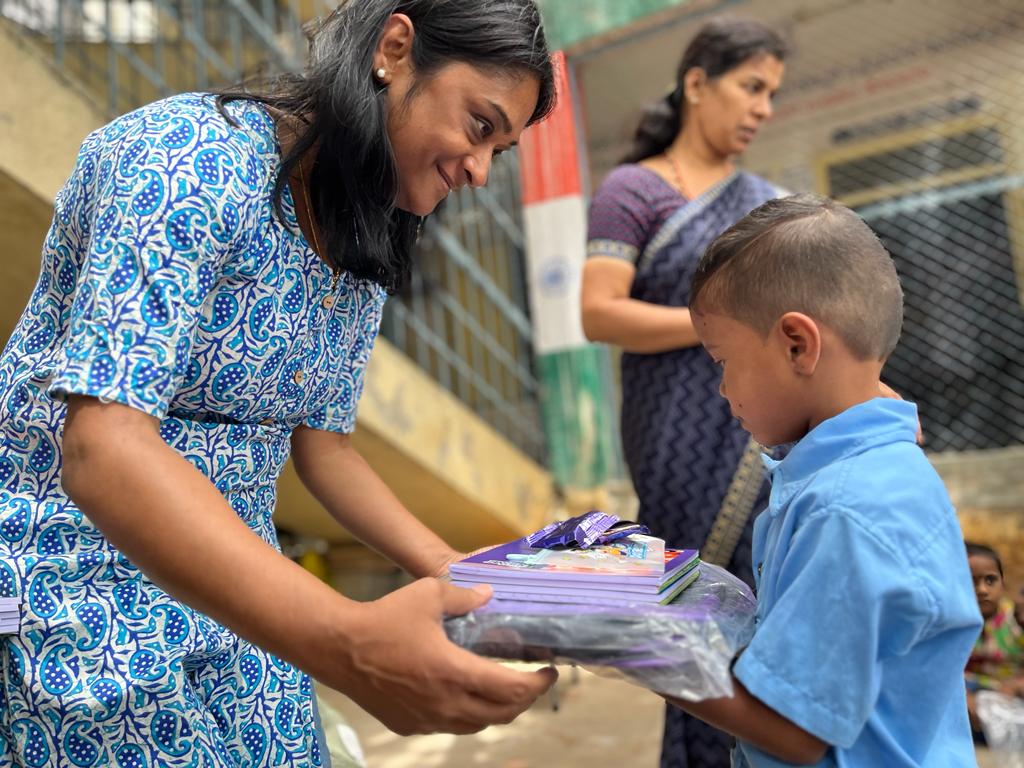
If we give our children the opportunity to good education; we are handing them the key to their success and the success of the nation as well. The purposes of education in a child’s life can be many- learning skills, developing curiosity and creativity, instilling discipline, developing strength and endurance, communicating, building confidence, aspiration, observation, competition and personality development to name only few. A child is the key to the success of a nation and education is the key to success of a child. It is only when a child succeeds that the nation will.
Lack of well trained, skilled and knowledgeable teachers which provide the foundation for a high quality education system.
Teacher shortages and poorly qualified teachers are both a cause and effect of poorly paid and managed teaching cadres.
Absence of teachers during school hours is rampant. The lack of accountability and poor governance structures add to the woes.
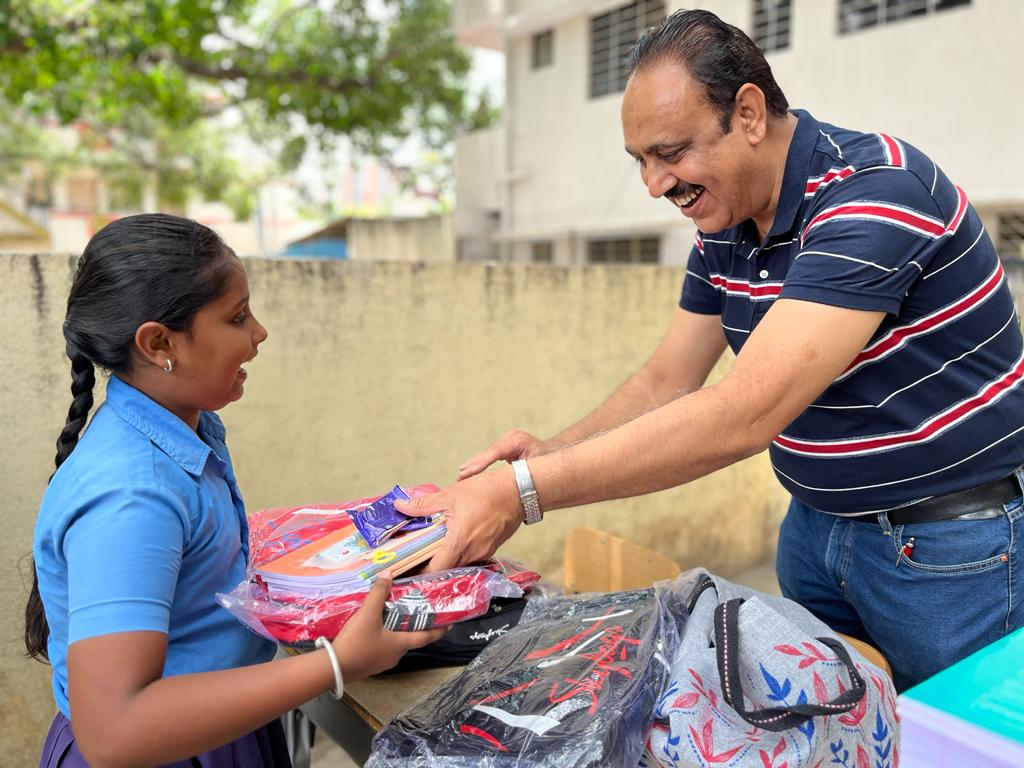
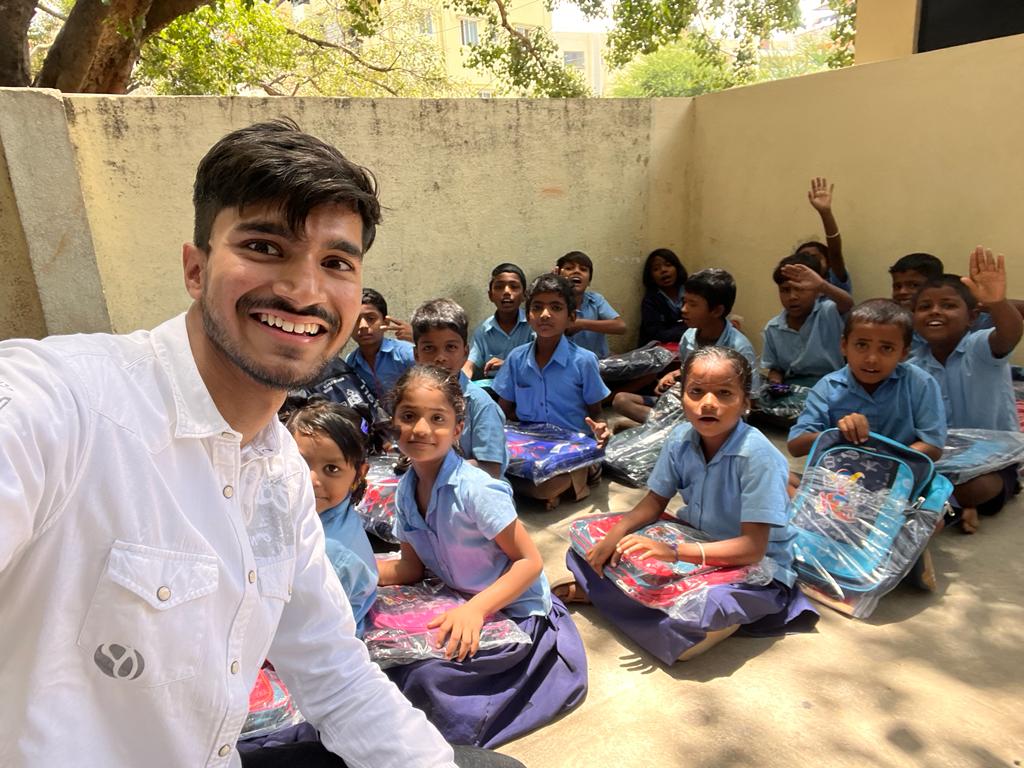
The drop-out rates in schools, especially girls, are very high.
Dilapidated structures, single-room schools, lack of drinking water facilities, separate toilets and other educational infrastructure is a grave problem.
Many factors like poverty, patriarchal mindset, lack of toilets in schools, distance to schools and cultural elements lead to children dropping out from education.
We offer training, counseling, workshop to improve the quality of education in schools to the school teachers.
Support Students with their basic requiements of school stationary, clothes, bags and other study related items.
We work on the basic infrastructure of a school,ensuring the basic facilities available to students in the form of clean drinking water, proper sanitaion and hygiene facility
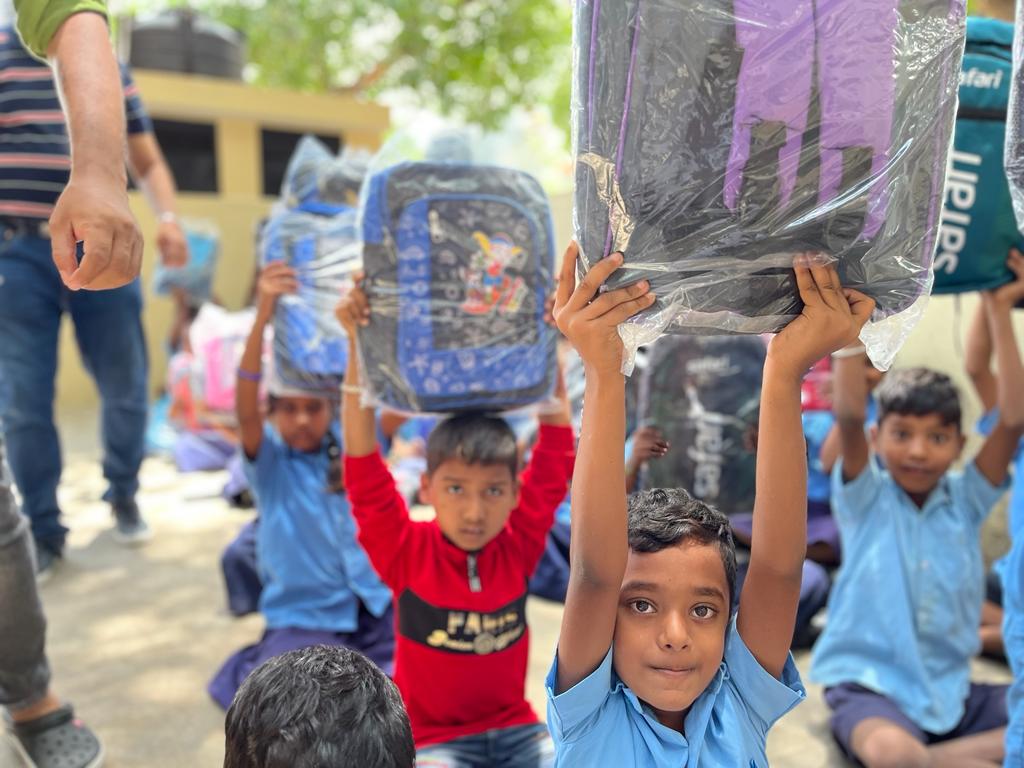
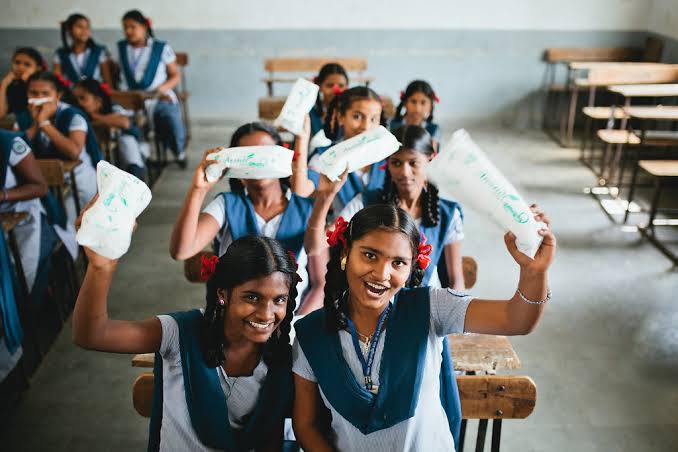
In India, nearly 40% of adolescent girls in the age group of 15-18 years are not attending school. It is only through education that women can become independent and self reliant.
Educating girls is incredibly important for the well-being of individuals and communities. However there are many roadblocks and challenges that become the reason for this becoming a reallity in our socities. In India, nearly 40% of the adolescent girls in the age group of 15-18 years are not attending school and its too big a number, quite alarming and dismaying that requires a drastic improvement at an accelerated pace.
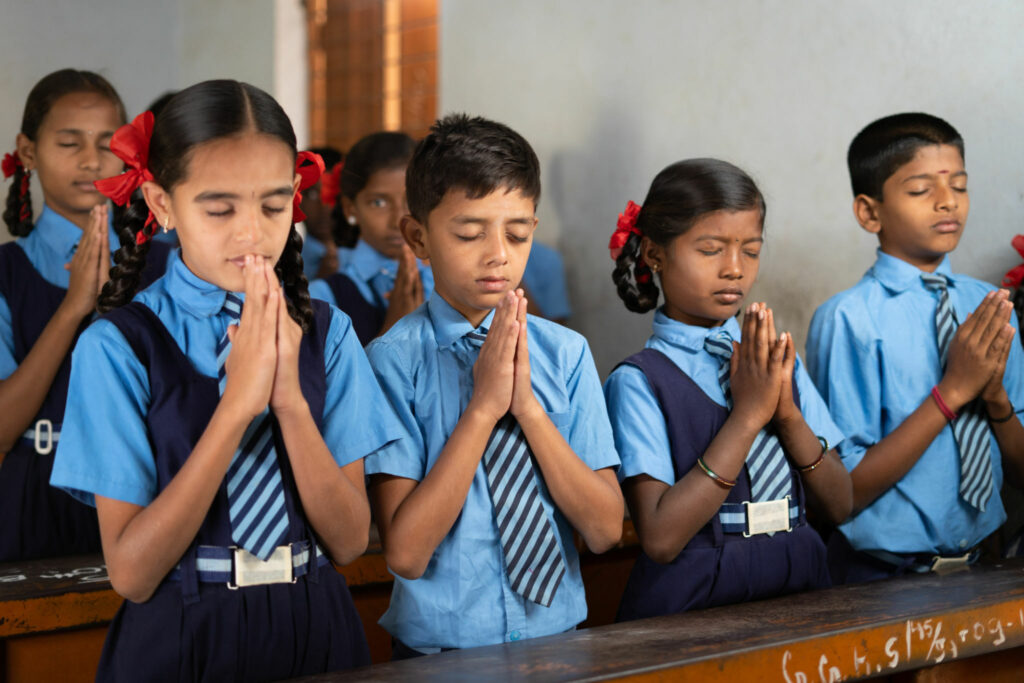
Investing in girls’ education not only transforms individual lives but also has a profound impact on broader societal development. There are numerous benefits education provide and play a role of the catlalyst to strengthen and empower this section of the society, for a society to be progressive, without quality education it’s almost impossible and a distant dream.
